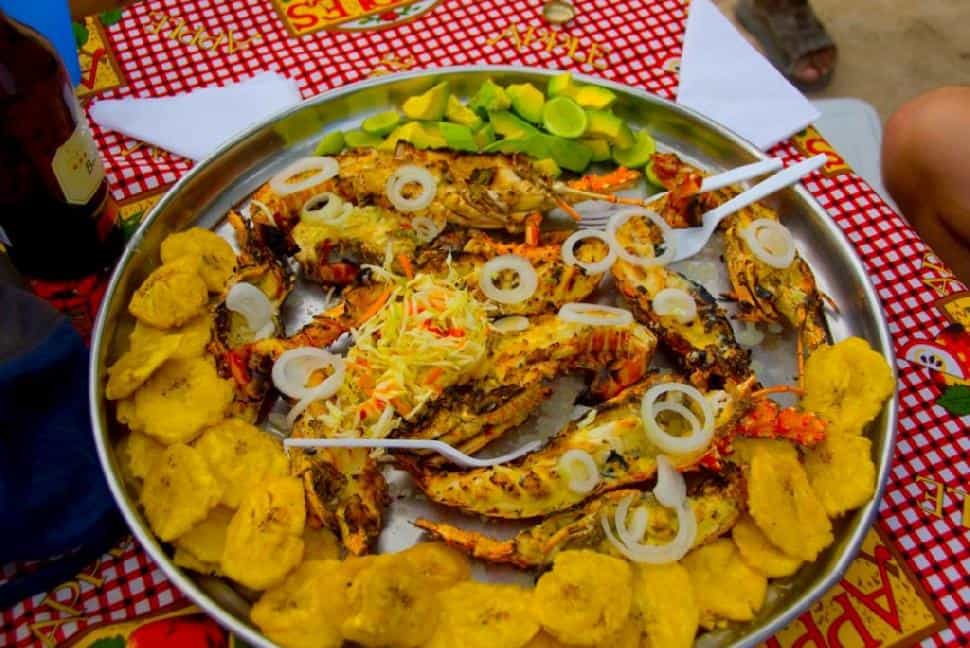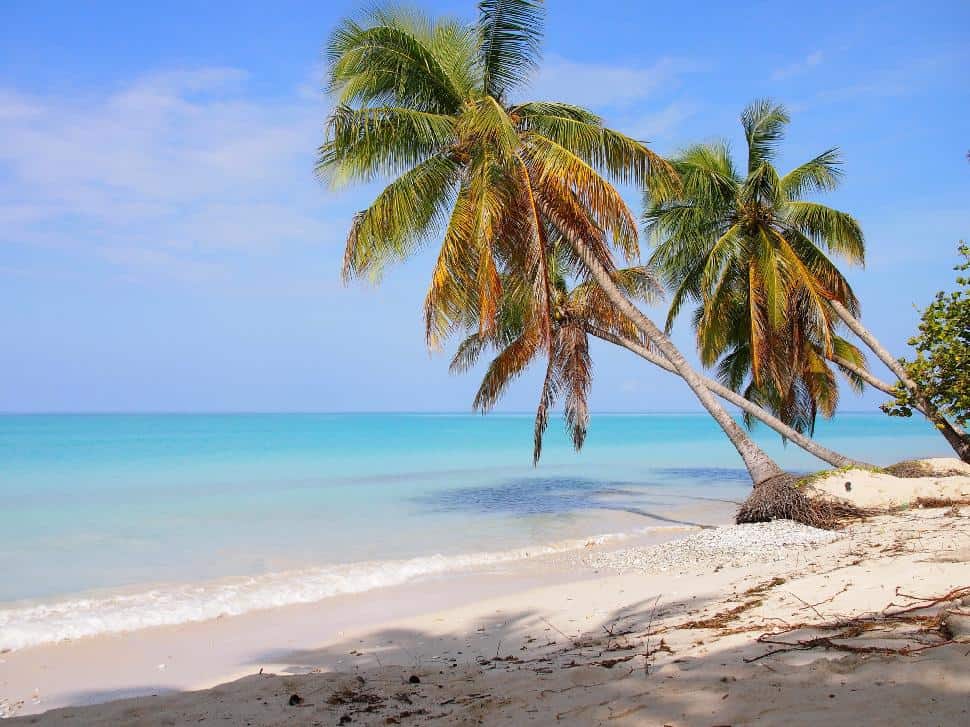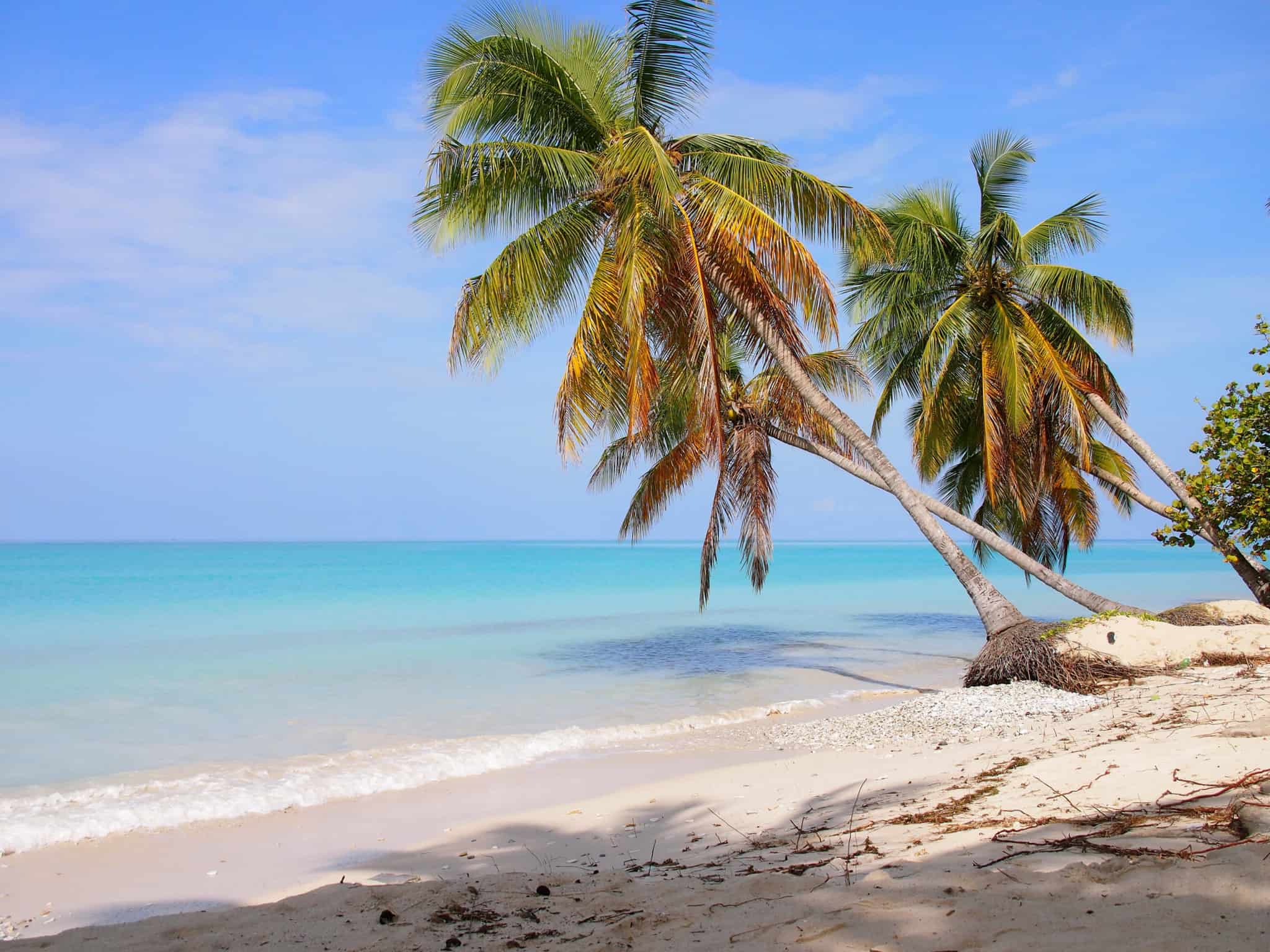Haiti - it is one of the more confusing destinations in the Caribbean for most travellers. Most of what people hear about in the news is how poor or how in need the people in Haiti are for aid, which is true. However, when travellers pay a visit to Haiti, they will find anything but low prices. Hotels, food, car rentals - they are all among some of the most expensive in the Caribbean. No one is quite sure as to why, most like some developer getting rich off of it, but a vacation to Haiti can be pretty expensive. For those looking to pinch those pennies together, here are some free or cheap things to do in the country.
Street Food for Cheap Eats
 https://www.flickr.com/photos/leecohen/
https://www.flickr.com/photos/leecohen/
When it comes to eating on the cheap in Haiti, travellers will definitely want to head outside the hotel. Not only will they find cheaper food, but they will be much more likely to find that hearty Creole-style cooking that Haiti is known for. During Carnaval time, it will be hard to walk down any street in Haiti without bumping into a street food stand, but even outside carnival time the stands are prevalent. The cheapest of the cheap foods come from these stands. Visitors can get bowls of white rice and black bean sauce, Haitian patties (puff pastry stuffed with all number of meats and spices) and kasav flatbread filled with roasted goat meat. They aren't classy places, but they are flavourful and the most affordable eateries that visitors to the country are likely to find.
Hit Up the Beaches
 https://www.flickr.com/photos/63439615@N00/
https://www.flickr.com/photos/63439615@N00/
While doing most things in Haiti, right down to riding the tap-taps may be expensive, it's best to remember where you are. This is prime Caribbean land, which means most likely travellers are really only interested in one thing - the beaches! Haiti has no shortage of beautiful white sand and crystal clear ocean water. Some beaches are in striking distance from the capital of Port-au-Prince while further into the country visitors can find beautiful slices of deserted white sand. The best part? The beaches are always free to stroll upon, but visitors should bring their own lunches and drinks, as those are the most expensive parts of a day on the beach.
Experience Voodoo
 https://www.flickr.com/photos/nacho_fradejas/
https://www.flickr.com/photos/nacho_fradejas/
In the 16th century, Africans that were brought to Haiti as slaves brought with them the only possessions that their European masters couldn't take away, their spiritual beliefs. These beliefs combined with native Haitian beliefs and eventually the religion of voodoo was born. This religion calls upon their God, The Great Master, and includes ceremonies, prayers, dances and songs. The town of Jacmel on Haiti's southern coast is the center for voodoo in the country with several temples open to visitors that are eager to respectfully learn about the religion and how it is practiced. This is definitely one of the most unique ways to explore Haiti's culture and experience something that many visitors are often too superstitious to delve into.
Tour a Rum Distillery
While the collection of museums in Port-au-Prince charge reasonable admission fees, there is no better place to learn a little bit more about Haiti's history than from one of its age old industries. Barbancourt Rum Distillery sits on the northern border of Port-au-Prince and, providing visitors call ahead to schedule it, provides free tours of their facility from December through June. Visitors can learn a little bit about the rum-making process and Haiti's history with it. At the end they provide a lovely free sample of their wares and have bottles of their specialty rum available for purchase.
The Citadelle Laferriere
 "Citadelle Laferrière Aerial View" by SPC Gibran Torres, United States Army - United States Army. Licensed under Public Domain via Wikimedia Commons - http://commons.wikimedia.org/wiki/File:Citadelle_Laferri%C3%A8re_Aerial_View.jpg#/media/File:Citadelle_L
"Citadelle Laferrière Aerial View" by SPC Gibran Torres, United States Army - United States Army. Licensed under Public Domain via Wikimedia Commons - http://commons.wikimedia.org/wiki/File:Citadelle_Laferri%C3%A8re_Aerial_View.jpg#/media/File:Citadelle_L
Located in northern Haiti near the city of Cap-Haitien is the country's most imposing fortress of Citadelle Laferriere. Not only is it Haiti's most imposing fortification, but it is the largest fortress in the Western Hemisphere. It is isolated and hard to get to, but free for visitors to tour if they make the trek to get there. The fortress sits on a mountaintop where is has withstood assaults since it was built in the 1800s to defend Haiti in their early days of independence. Visitors can either hike to it or rent a horse, but even after reaching the fortress the physical exertion is not yet done. Visitors can climb towering stairways, walk across walls and rooftops, all of which host no guard rails but provide a once in a lifetime experience.
Hike in National Parks
The two national parks of La Visite and Parc Macaya in Haiti offer not only safe but bountiful hiking opportunities in Haiti's inland wilderness. This is the perfect way to get off the beach and see some of the sights within Haiti that most visitors will never see. Trails in La Visite are long and require quite a bit of effort, but they lead to some of the best vistas overlooking the Caribbean from the mountains just outside Port-au-Prince. Further inland is Parc Macaya that offers more leisurely strolls through the wilderness for those of less physical fitness, but for those looking for a challenge; they can always try to scale Pic Macaya, the second highest mountain in Haiti.


